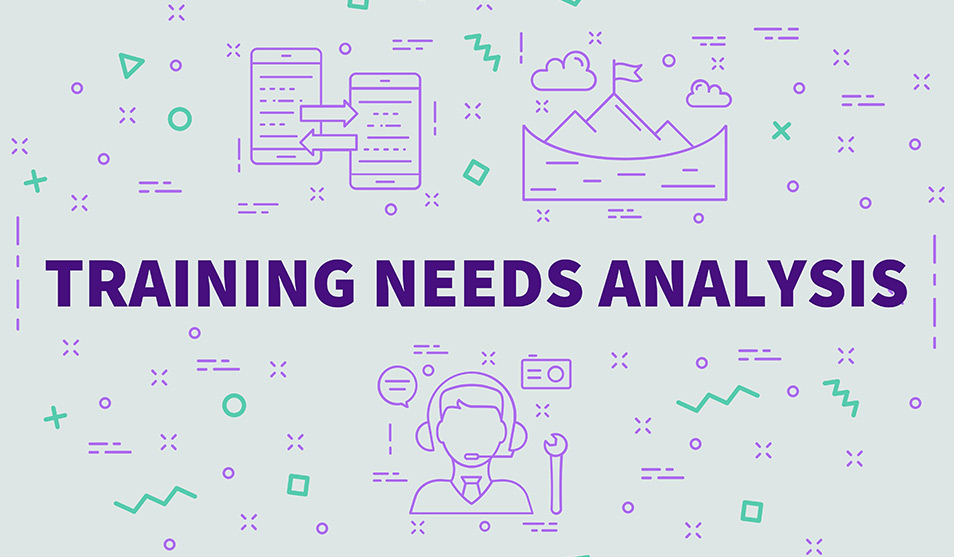Everyone will understand the importance of employee training, but ensuring a training needs analysis is conducted will go a long way in developing a successful training program. Here we discuss four barriers to consider when conducting a training needs analysis.
Time
Managers often feel that the extra effort to complete a training needs analysis is a waste of time when they could simply implement the assumed training requirements. However, in the long term, taking the time to plan and complete an accurate training needs analysis will save the organization time. You will have a much more detailed and segmented understanding of the type of training needed.
Rather than focusing on it as a waste of time, we encourage you to think of it as a return on investment. A detailed training needs analysis will allow you to structure the best possible training plans for your employees with targeted training to upskill them, which will help meet your team, division, or company goals.
Relevant information
Having completed a training needs analysis in previous years, managers often fall into the habit of using old results for current training needs. However, as with every organization, roles change, departments restructure, and employee training requirements grow on a yearly basis. It is essential that a training needs analysis is completed yearly in advance of employee training reviews and rollout.
Employees will know firsthand the knowledge and skills they must have to complete their roles efficiently and meet company policy. Polling your employees to get feedback on existing training and a clear picture on knowledge gaps will form a critical component of your training needs analysis.
Management
All relevant levels of an organization should be involved when conducting a training needs analysis. Taking a small subsection of your organization may save you time, but in the long run, you may come up against obstacles when trying to get approval or technical assistance for the rollout of training.
Involving management in the early stages of a training needs analysis will also give all parties an insight into the level of support for the training requirements. Seeking approval on the most engaging and innovative training courseware will be an easier request if management has been included in the training needs analysis.
One size fits all
Guides are readily available to assist with conducting training needs analysis, but do they match your requirements? Taking the time to plan and outline a training needs analysis specific to your team or department will focus and speed up the process.
On initiating a training needs analysis, it is imperative that the process works for everybody. Ensuring the process is straightforward will help boost the results and also help standardize the process moving forward. The process needs to be specific to the organization and, depending on size, often requires a cross-functional department component.
PulseLearning has the expertise required to conduct a thorough training needs analysis. Let us help you draw a training roadmap to improve, manage, and develop skills that support your business goals. Contact us today!
